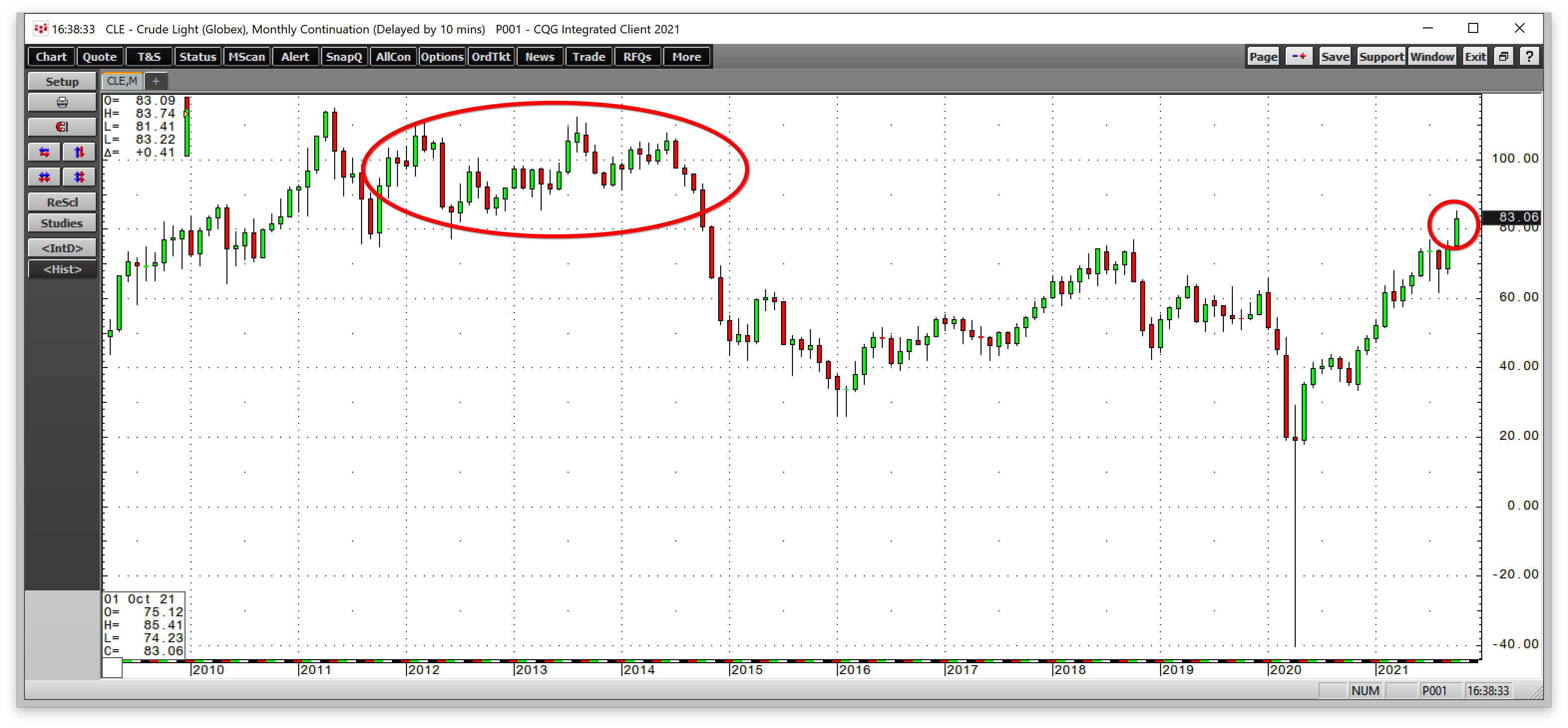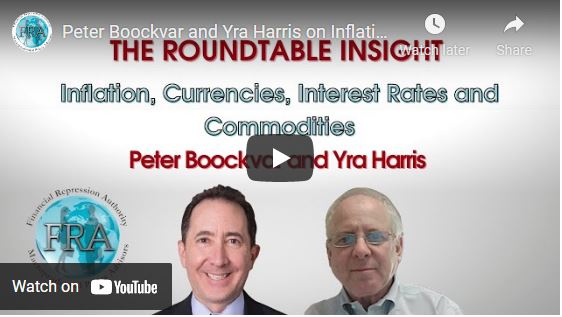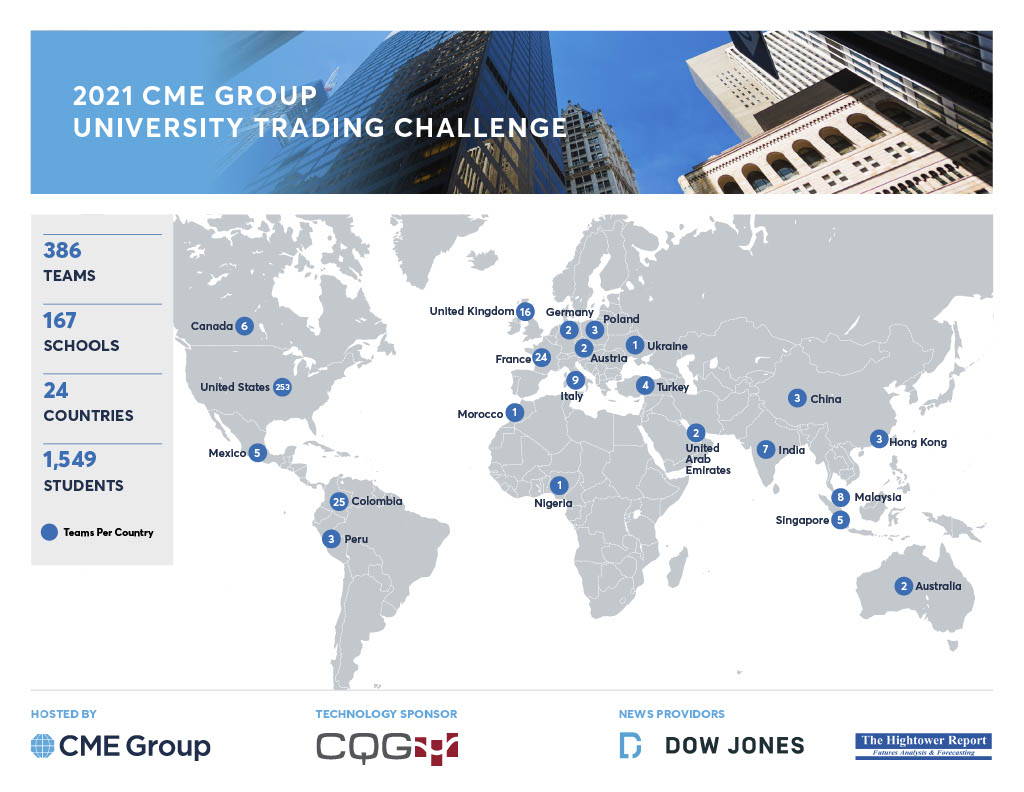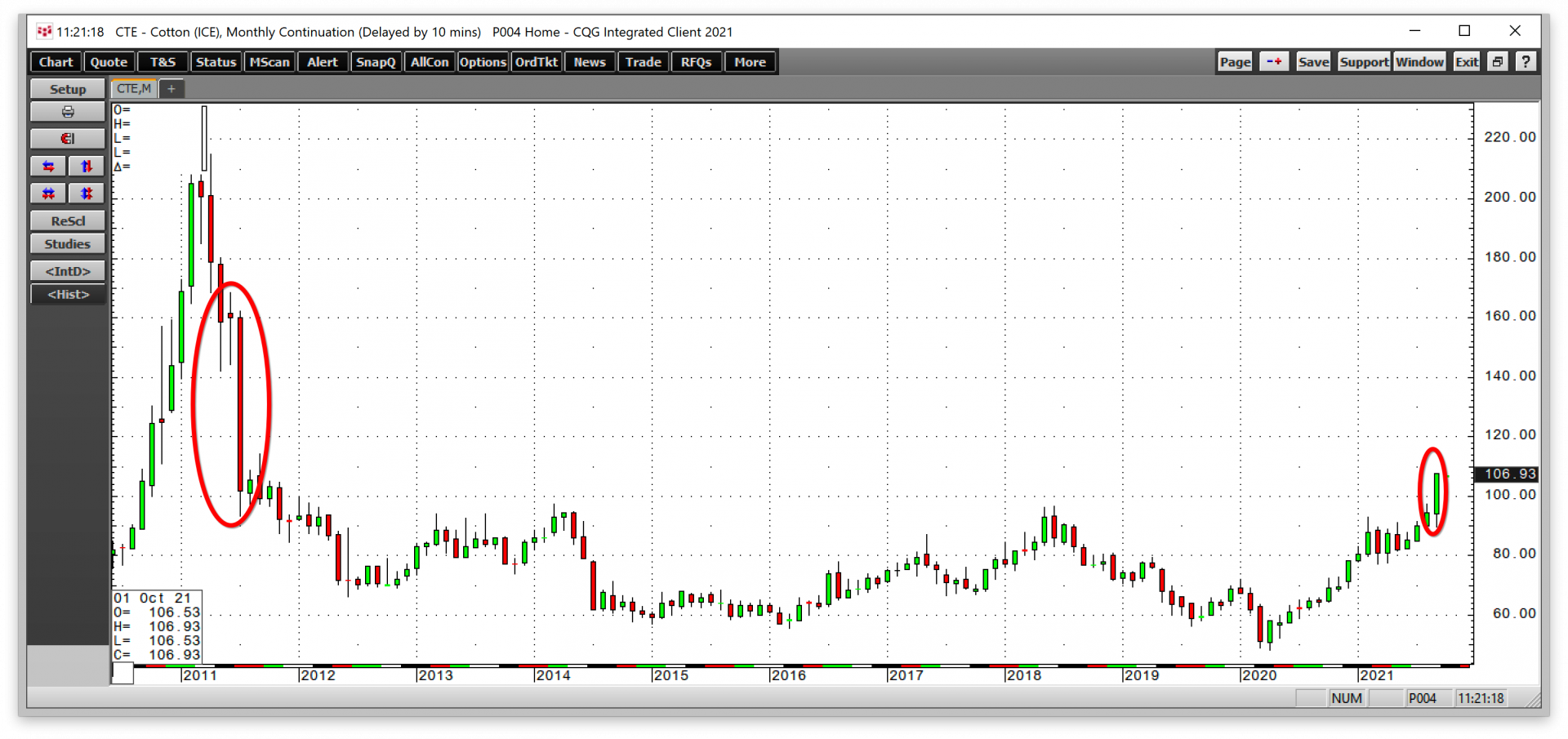I’m posting this week’s podcast with the highly respected Peter Boockvar. This is one of the best interviews we’ve done with Richard Bonugli as we get into foreign currency, yield curves, energy… more
Commentary
Gold and silver are the oldest means of exchange, far outdating dollars, euros, pounds, and all current traditional fiat and cryptocurrencies. The Bible’s old testament makes many references to… more
Petroleum prices fell for the first week in 10, easing minimally as Brent prices actually improved on the week. Persistent concerns regarding lower supplies, particularly in Cushing, continued… more
Peter Boockvar: Chief Investment Officer at Bleakley Advisory Group and Editor of The Boock Report
… more
Petroleum prices rose for a record ninth consecutive week, reaching their highest levels since 2014. Ongoing OPEC discipline, continued shortfalls of US Crude production, diminished supplies at… more
Petroleum prices rose for an eighth consecutive week. This is the longest streak of weekly gains for Brent in more than 20 years. Continued OPEC+ discipline spearheaded by Saudi dismissiveness of… more
Barry Julian Eichengreen is an American economist who holds the title of George C. Pardee and Helen N. Pardee Professor… more
Judd Hirschberg of Whitewave Trading Strategies and Yra Harris give an overview using CQG Integrated Client for global macro trading to students participating in the CME’s 2021 University Trading… more
Petroleum prices rose for a seventh consecutive week as WTI hit $80 for the first time since November 1, 2014. No imminent release from the US Strategic Petroleum Reserve as falsely rumored… more
The raw material markets asset class edged higher in the third quarter of 2021 after posting gains in Q1 and Q2. The commodity asset class consisting of 29 of the primary commodities that trade on… more









